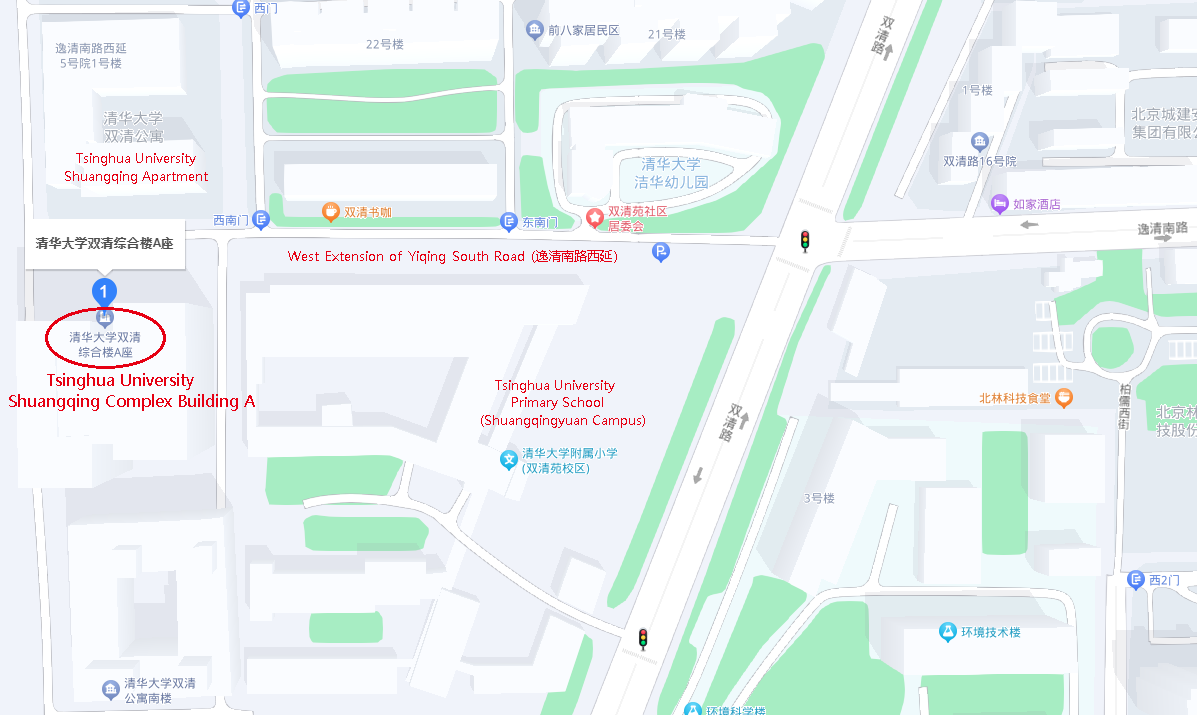Note:
1. Sept. 29-Oct. 6:Mid-Autumn Festival and National Day Holidays, no lectures.
2. The course will take a 2-week break, from Jan. 1-14, 2024. Last day will be Jan. 25, 2024.
Description
The course gives a brief introduction into modern theory of Diophantine Approximation.Together with classical and basic facts we will deal with some recent results in the topic and discuss some unsolved problems. The course is devoted to several important one-and multi-dimensional problems in Diophantine Approximation We will study different continued fractions algorithms, methods of Geometry of Numbers, metrical Number Theory and related topics. Among the problems under consideration we deal with Diophantine spectra, uniform approximation, irrationality measure functions and approximation in higher dimensions.
Prerequisite
Standard undergraduate courses in calculus, linear algebra and basic course in elementary Number Theory.
Reference
1. J. W. S. Cassels, An introduction to Diophantine approximation, 1957
2. W. M. Schmidt, Diophantine Approximation, 1980
3. T.W. Cusick, M.E. Flahive, The Markoff and Lagrange spectra, 1989
4. A.M. Rockett, P. Szusz, Continued fractions, 1992.
5. O.N. German, Geometry of Diophantine exponents, Preprint available at arXiv:2210.16553 (2022)
6. N. Moshchevitin, On some open problems in Diophantine Approximation, Preprint available at arXiv:1202.4539(2012)
7. N. Moshchevitin, Khintchine singular systems and their applications Russian Math. Surveys 65 (2010), no. 3, 433–511.
Target Audience: Undergraduate students, Graduate students
Teaching Language: English
Registration:https://www.wjx.top/vm/hFITwLb.aspx#
注:听课的老师和学生请携带工作证和学生证进入。
清华大学双清综合楼A座地址:北京市海淀区逸清南路西延6号院1号,双清公寓马路对面、清华附小(双清校区)西侧。









